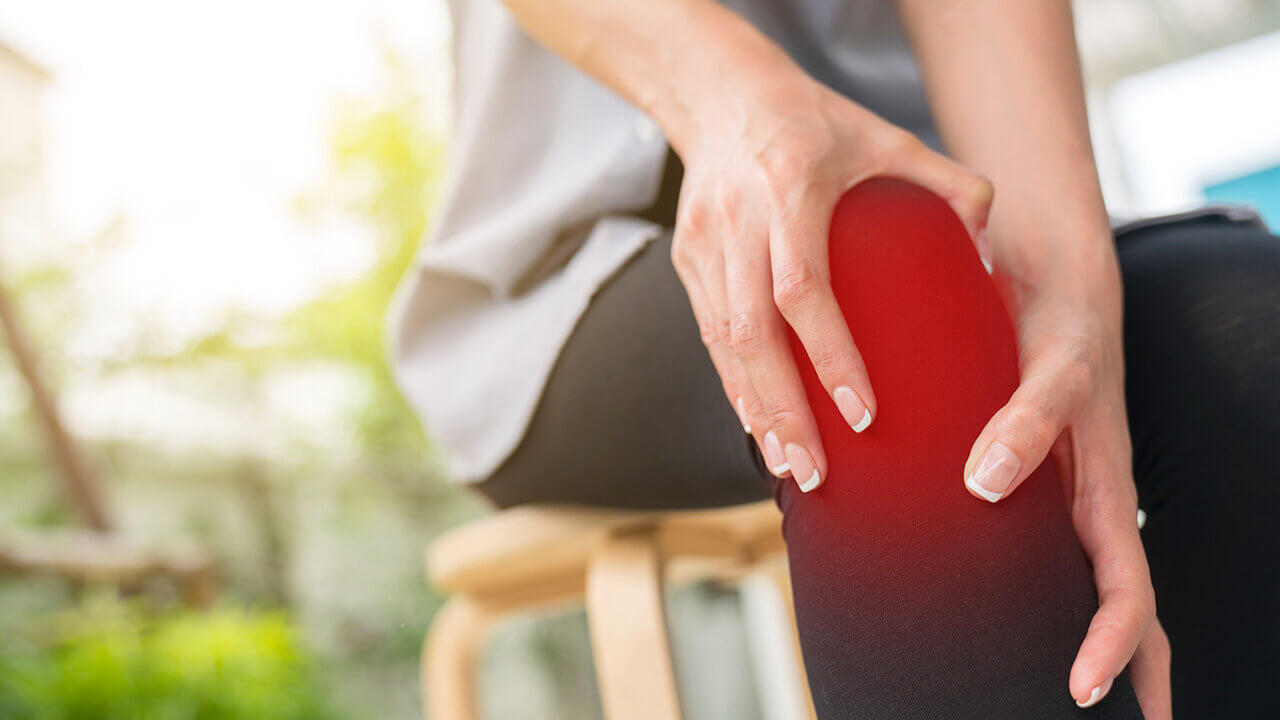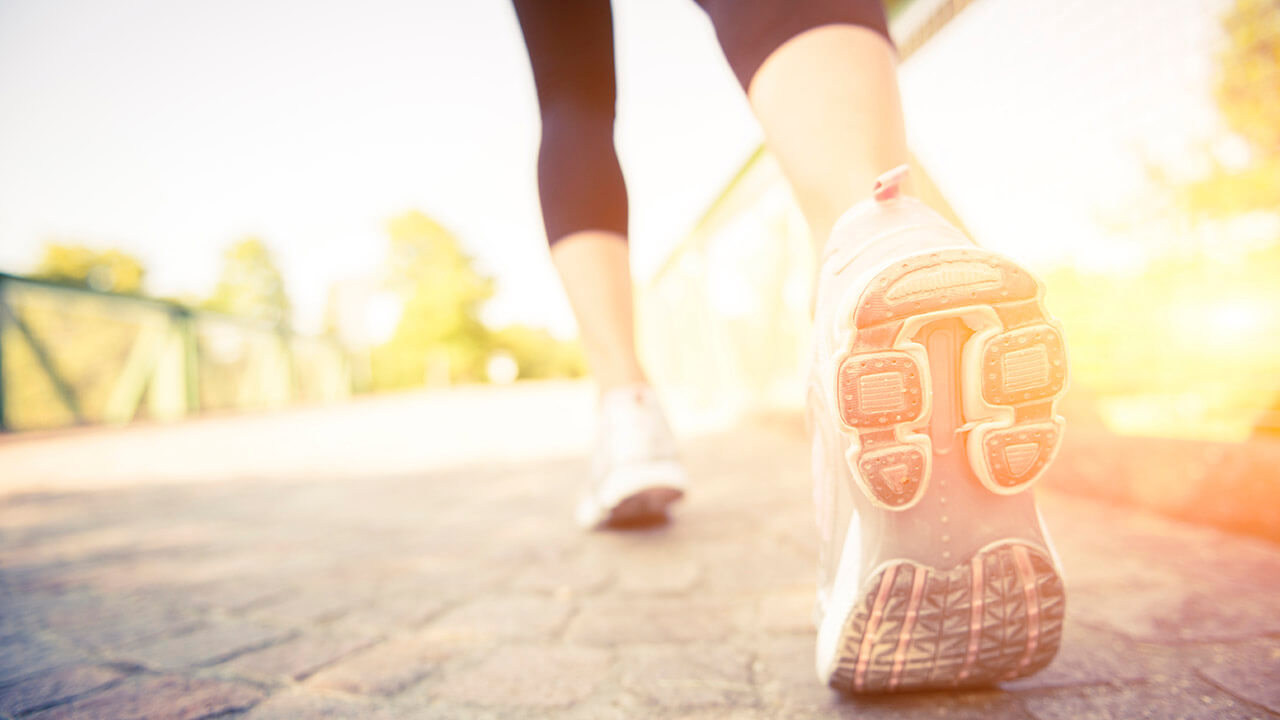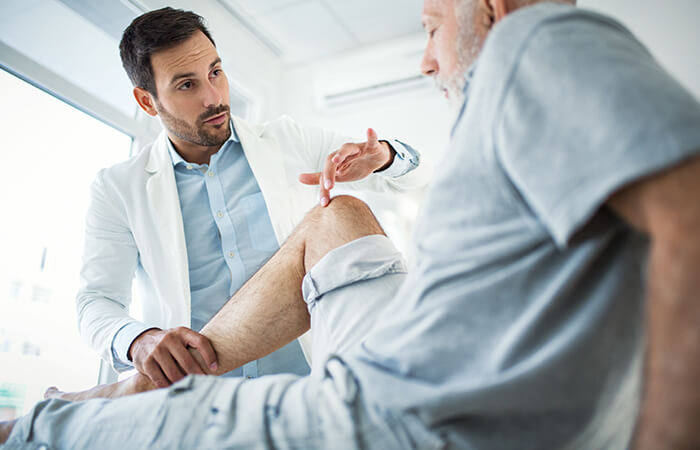The ACL (anterior cruciate ligament) is one of the four main ligaments located in the knee, alongside the PCL (posterior cruciate ligament), LCL (lateral collateral ligament) and MCL (medial collateral ligament). ACL injuries are the most common of all torn knee ligament injuries, with around 250,000 occurrences each year. With this being a common injury, it is important to practice prevention, especially if you are someone who often participates in sports or activities that require a lot of movement. However, if you are experiencing knee pain, you may have torn your ACL. Let’s discuss what causes an ACL tear, symptoms of an ACL tear and what your treatment options are.


What can cause an ACL tear?
Most ACL tears, also known as ACL ruptures, occur during non-contact sports such as soccer, basketball and gymnastics, with only 20% of tears happening during contact sports such as football and hockey. Besides practicing sports, activities such as rapid stopping, landing from a jump improperly or getting hit just below the knee can also cause a torn ACL, so be cautious even if you are not an avid sports participant.At times, physical activity is not completely at fault for an ACL tear. Natural factors such as fitness and skill levels, gender and psychological factors are to blame. Factors such as hormone levels and pelvis shape lead women to becoming more at risk for ACL injuries. Psychological factors such as kinesiophobia, the fear of movement or physical activity due to risk of injury, and lack of confidence along with lack of fitness and skill levels can increase the risk of injury by causing an individual to not end up in the proper form.
Although there are many intrinsic factors that can affect the chance of an ACL tear, there are some external factors to pay attention to when practicing activities that could lead to injury. The main factors to focus on include what type of surface you are performing on, as there is an increased risk of injury while performing on rough surfaces that can cause friction or on an uneven surface. Other factors include improperly fitted shoes, weather conditions and unanticipated situations such as getting bumped or misjudging a jump.
What are the symptoms of an ACL tear?
When getting injured, it can be difficult to know for sure what type of ACL injury you are experiencing. If you have the following symptoms, you may be showing signs of a torn or partially torn ACL:- Pop, snap or “shift” in the knee.
- Deep, often non-specific knee pain.
- Swelling within the same day or overnight.
- Instability while walking.
- Rest.
- Ice.
- Compress.
- Elevate.
- “Locked” knee.
- Unable to bear any weight.
- Numbness, tingling to lower leg and/or foot.
- Unable to move the foot.
Treatment options for ACL tear – surgical and non-surgical
There are surgical and non-surgical treatment options for a torn leg ligament. Surgery is usually performed on individuals who are under 40 and live an active lifestyle. Options for torn ACL surgery include taking an autograft from the individual’s own tendons, or an allograft taken from the tissue of a cadaver to replace the torn ACL in the knee. A more uncommon surgical option is simply repairing the ACL with no grafts needed, but most injuries are not mild enough to do so. Watch animated videos of the surgery options by clicking here.Non-surgical options are available to individuals who do not regularly participate in sports or much physical activity. These options include resting the leg and using crutches, along with pain relief medications and physical therapy if needed.
If you feel you may have an ACL tear, contact your medical provider to discuss the right treatment option for you.
Recovery after ACL surgery
For the first seven to 10 days after surgery, crutches are needed to keep weight off the leg. As you become more comfortable and with your doctor’s clearance, you may stop relying on crutches. Along with crutches, the first two weeks are for focusing on regaining knee extension by elevating and icing the leg and riding a stationary bike. After the first two weeks, physical therapy begins until about six months post-operation.How to prevent an ACL tear
There are many things that can affect the probability of an ACL tear, but there are ways to decrease the chances of it happening. These methods include improving neuromuscular control, training proper movement patterns, maintaining proper form, gaining efficiency and accuracy of movement and exercising regularly. To learn all these methods, it is recommended to participate in a prevention plan.When beginning a prevention program, there are key factors to consider. As we age, we become more stuck in our patterns and are more susceptible to injury. Because of this, it is best to start the program at a younger age rather than older. A prevention program is also a commitment in the same way playing a sport is. These practices should begin before or within the pre-season and take place about two to three times a week for at least eight weeks along with maintenance to avoid deconditioning. As previously mentioned, female athletes are more likely to experience an ACL injury, which means these programs are effective for anyone but more effective in women. Throughout your program, make sure to ask for feedback from a coach and ensure there is a variety in the exercises you are performing.
A quality prevention plan has many components to make sure you are doing everything you can to prevent an ACL injury. When choosing a program, it is important to look at what the program consists of. The first step to starting a program is partnering with educated coaches and athletic trainers to make sure you are gaining knowledge on the proper techniques, sport-specific mechanics and rules of the sport that is being played.
Once you connect with the best coach or trainer for your program, there are specific areas that need to be focused on such as jumping and landing techniques, dynamic warm-ups, neuromuscular training, plyometrics and strengthening exercises. Practicing these important techniques in a program can reduce your risk of an ACL tear up to 50%, and individuals who do not participate in a prevention program are 1.5 to 2 times more likely to end up with a tear. There are many program options available. Talk to a coach or provider to find the right one for you.
If you have an injury or condition that is causing pain or discomfort, contact an orthopedic specialist today to discuss the right treatment options for you.



